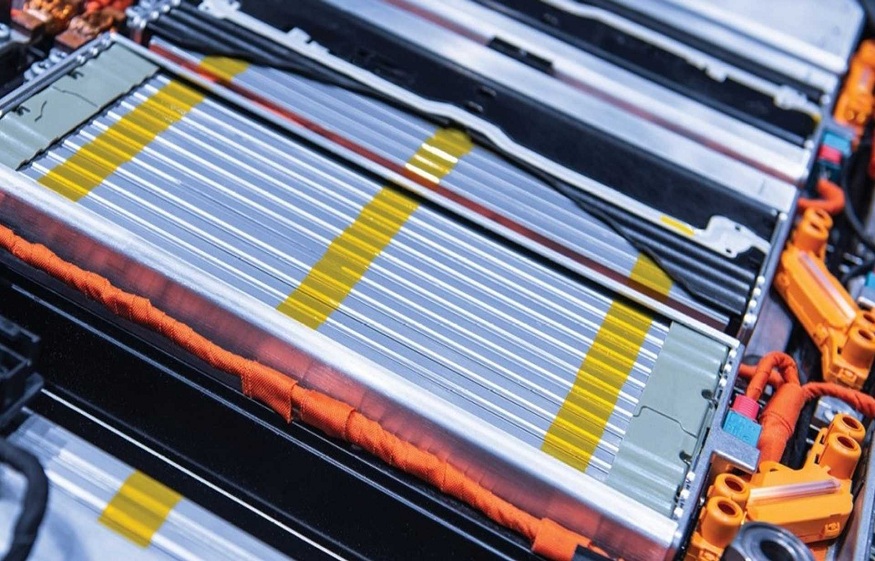When it comes to the electronic devices that we use on a day-to-day basis, there are two ways to generate the power to make them work – electricity and battery. In this article, we are going to discuss lithium-ion batteries; specifically, how they are made and what they are used for.
How are Lithium-Ion Batteries Made?
Before we talk about how lithium-ion batteries are made, we should first discuss what they are. These energy-dense, lightweight, rechargeable batteries are often found in cell phones and computers and come in a variety of shapes and sizes. They contain lithium ions, which move electrons, generating voltage that is used to power the specific device the battery is in.
Because of how powerful lithium-ion batteries are, they can be used to power our smartphones and tablets and higher up on the scale, even electric vehicles. The batteries contain small lithium cells, each of which has an anode, cathode, and an electrolyte. Within the battery, the cells are linked with wires and terminals to create the amount of voltage that is required. This allows a seamless flow of electrons from the anode to the cathode through the electrolyte. Lithium-ion batteries will also contain a battery management system that controls the way in which each cell is charged and drained. It is also responsible for the temperature of the battery.
Lithium-ion batteries are made by first coating the anode and cathode with a foil before being baked in a special oven. The cells are wound together, and terminals are installed. The electrolyte must be added through a vacuum as it reacts to oxygen. Once the battery casing, which is typically made of rubber, silicon, or plastic has been closed, the battery cell can be tested.
What are Lithium-Ion Batteries Used For?
Pale Blue Earth, manufacturers of rechargeable li-ion batteries, say that there are so many uses for rechargeable lithium smart batteries. They can be used to power devices like smartphones, tablets, digital cameras, handheld games consoles, flashlights, e-book readers, and more.
DIY enthusiasts might be aware that many of their power tools use lithium-ion batteries too. It could be their power drill, sander, or electric screwdriver. Even electric vehicles use lithium-ion batteries for power, whether that is a hybrid car, electric motorcycle, or electric wheelchair.
What is the Difference Between Lithium and Lithium-Ion Batteries?
The terms ‘lithium’ and ‘lithium-ion’ are often used interchangeably, but there are differences between the two when it comes to batteries. While they are both capable of powering devices, the main difference is in the fact that lithium batteries are single-use batteries whereas lithium-ion batteries are rechargeable.
Lithium batteries can only be used once and then must be disposed of – either in landfill or, preferably, recycled. When compared with lithium-ion batteries, lithium batteries have a higher energy density. This means that they will last longer than lithium-ion batteries will on one charge.
In terms of manufacturing, it is easier and cheaper to make lithium batteries, so they are cheaper at the till. However, the fact that you can recharge lithium-ion batteries means that they are a much more cost-effective option in the long-run.
How Long do Lithium-Ion Batteries Last?
Lithium-ion batteries will typically last for about five years, or a minimum of 1,000 charges. Nonetheless, with the right conditions, they can expect to keep performing for up to 3,000 charges. Theoretically, this means that they should be charged once they have dropped to below forty percent charge remaining. It is best to charge this type of battery once it drops to around 20 percent and then charge it to just above 80 percent. This will prolong its life.

